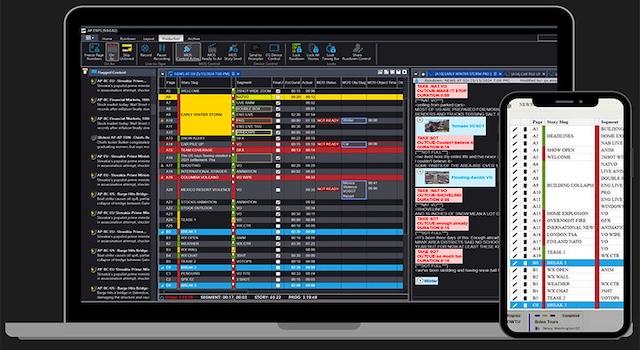Accounting
Scenario Modeling in Volatile Markets: Best Practices with Modern FP&A Software

Summary: Market volatility has forced finance teams to rethink static budgets. Scenario modeling with FP&A software allows businesses to prepare for multiple outcomes, stress-test assumptions, and adapt quickly. This article explores best practices for building resilient models and leveraging technology to stay ahead.
Why scenario modeling matters today
In stable markets, businesses could rely on annual budgets with minor midyear adjustments. But in today’s environment of inflation, supply chain disruptions, and shifting customer demand, static plans no longer suffice. Scenario modeling enables finance teams to:
- Forecast the financial impact of both best- and worst-case outcomes.
- Test how sensitive results are to changes in key drivers (sales volume, pricing, costs).
- Support leadership in making faster, data-driven decisions.
How FP&A platforms support scenario modeling
Modern FP&A software eliminates the manual effort of building multiple spreadsheet versions. Features include:
- Driver-based models: Link outcomes to underlying business drivers (e.g., customer churn, unit cost).
- Automated workflows: Finance can run multiple scenarios without duplicating effort.
- Real-time data feeds: ERP, CRM, and HR integrations ensure assumptions are based on up-to-date information.
- Collaboration tools: Department leaders can contribute inputs directly into the model.
Best practices for building scenarios
- Identify key drivers: Focus on a handful of metrics that have the largest impact on performance.
- Build three core cases: Base case, upside case, and downside case are the minimum set for decision-making.
- Layer in external data: Use market indicators like interest rates, fuel prices, or customer demand signals to enrich models.
- Define trigger points: Establish thresholds (e.g., revenue dropping 10%) that prompt a shift to a new plan.
Common mistakes to avoid
While scenario modeling is powerful, poor execution can undermine results. Watch out for:
- Overcomplication: Too many scenarios overwhelm decision-makers instead of clarifying choices.
- Static assumptions: If key drivers aren’t regularly updated, scenarios quickly become irrelevant.
- Lack of communication: Scenarios should be shared widely, not locked away in finance.
Real-world applications
Businesses across industries are already benefiting from scenario modeling:
- Retailers: Testing sales forecasts under different holiday traffic assumptions.
- Manufacturers: Modeling how supply chain disruptions affect margins.
- Technology firms: Simulating churn rates and subscription renewals under different economic conditions.
Conclusion
Volatile markets demand agility, and scenario modeling gives finance teams the tools to provide it. By focusing on key drivers, keeping scenarios manageable, and leveraging FP&A software for automation, organizations can make better decisions under uncertainty. Instead of being blindsided by change, companies can prepare multiple pathways to success.






